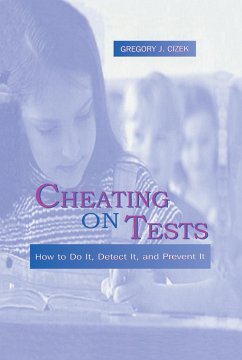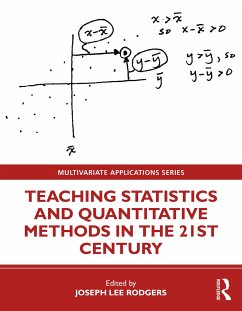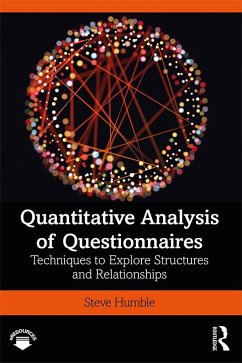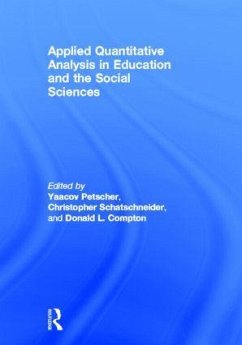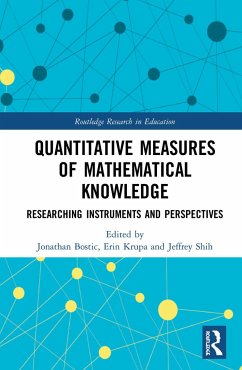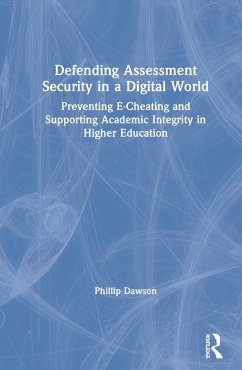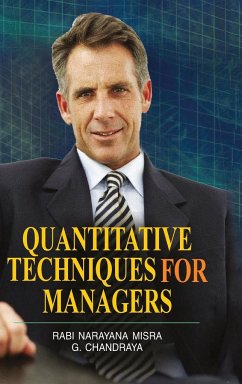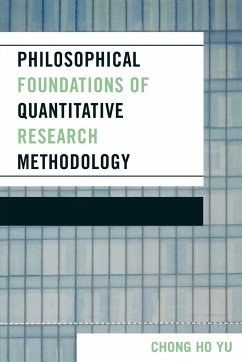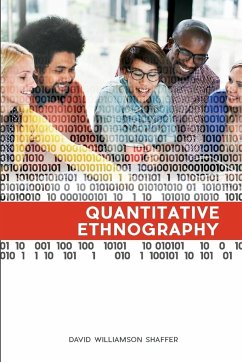
Handbook of Quantitative Methods for Detecting Cheating on Tests
Versandkostenfrei!
Versandfertig in 1-2 Wochen
320,99 €
inkl. MwSt.

PAYBACK Punkte
160 °P sammeln!
The Handbook of Quantitative Methods for Detecting Cheating on Tests is a comprehensive book that describes the variety of ways people cheat and the quantitative methods that have been developed to detect and combat them.





